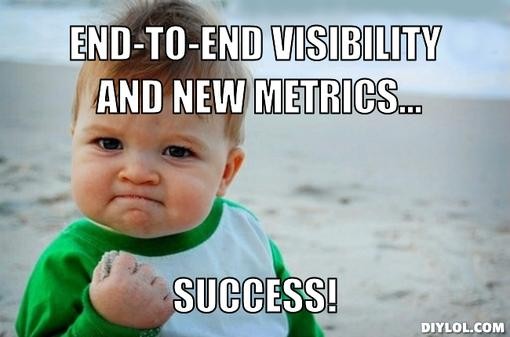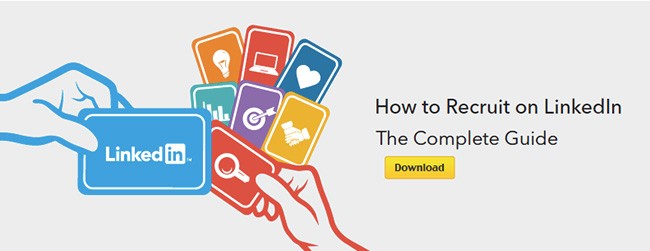How to Measure Your Success on LinkedIn
What metrics should you track to assess the impact LinkedIn is (or isn't) having on your business?
Views? Connections? Content engagement? Sales efficiency? Marketing effectiveness?
Truth be told, most people are not going to take the time to measure their LinkedIn usage at any level. They're going to dial up or down their site usage as a result of early emotional reactions and personal experiences.
That's fine for them.
But for a few of you, metrics will be a become part of your routine, and—if MIT & IBM research can be believed—you'll outperform the norm by 300%.
Here's a plan to help you get started, stay disciplined, and move forward with your metrics:
- Divide your metrics into two buckets: leading metrics and lagging metrics. Track the relationship between the two buckets rather than hyper-focusing on any one specific number.
- Lagging metrics are things like number of prospecting calls/sale, 1st year retention of new hires, or new leads per marketing program. These are measures that can directly be tied to productivity or revenue generation. They also don't register until after "upstream" activities have changed. (Hence, "lagging.") How long after? It depends on your business!
- Leading metrics are things like # new connections/week, # posts/week, # comments on other peoples' posts/week, # employees who have optimized/refreshed their profiles/month. They also include things like # prospects researched/week and # prospecting emails tweaked with information learned from LinkedIn profiles/week. These are measures of activities that are bounded by time that, if done repeatedly, lead to downstream results.
Initially, you won't be sure what to track; that's OK. Avoid the temptation to measure too much—you'll risk burdening yourself with too much administivia. If you discover after a few months that changing your activities doesn't change your results, then switch up the measurements.
One way to stay focused is to be very specific about which lagging metrics you want to track.
- Take 4-6 weeks to set a baseline. During this time, track both leading and lagging indicators. Develop the habit of checking the numbers and think regularly about what you'd expect to see once you start taking action. I suspect you'll want to rip your hair out after 4 weeks of doing nothing. I certainly would. But if you're doing this without outside help, then getting this baseline in place is critical—so stick with it!
- After a month, make one change: optimize your profile and the profiles of everyone on your team. Keep tracking metrics. In many cases, the impact of profile updates are felt almost immediately.
- Repeat the previous step, making a different change each month. Build your network; start commenting on others' status updates; start posting your own; add images or PDFs to your posts; write original content; curate news from association websites; create a calendar and add one new change every month; etc.
Eventually, you'll begin to notice a relationship between certain leading indicators and lagging indicators. You'll see which changes drive quantitative changes in results.
If you run a company, you can then take this model and replicate it across teams, creating a program that aligns employees' online activities and creates massive brand amplification across the entire workforce.
Companies that do a great job with concerted, structured LinkedIn-based engagement programs include Dell and IBM… and—hopefully one day soon, you.
Related articles



